Acquire and Instantly Download Your Overlock Machine Manual
Discover the top 50 overlock machine manuals that are currently trending on the [RL] platform.
The Significance of Overlock Machine Manuals
For technicians, mechanics, and overlock machine owners, these manuals are indispensable. Here's why:
- They aid in maximizing the machine's lifespan and performance.
- Enable cost-effective maintenance and solutions.
- Assure that repairs adhere to the correct procedures and standards.
Manuals Refresh Cycle
We revise our collection periodically, about every month or so, ensuring you always have access to the most current and pertinent manuals.
Understanding Manual Pricing
[RL] marketplace doesn\'t dictate the prices of these manuals. Individual sellers set them. Hence, the same manual might have varied pricing. We recommend checking multiple prices before finalizing your purchase.
Community Insights for Better Choices
Many manuals come with feedback and scores from previous users found on the product\'s detail page. Sharing your experiences post-purchase can significantly influence future buyers.
Previewing Manuals
Certain sellers allow a preview of their manuals. We encourage you to utilize this feature to ensure you're making a worthwhile purchase.
Contacting Manual Sellers
For any inquiries about a manual, please utilize our contact form. We'll either route your query to the seller or address it ourselves.
FAQ - FREQUENTLY ASKED QUESTIONS
Is there an option for a printed manual? : Unfortunately, no. After payment, manuals are ready for instant download.
Who provides these manuals? : [RL] marketplace facilitates the platform and processes the payments, but isn't the manual vendor. You can locate the seller's name on each manual\'s detailed page.
Can I trust the authenticity of these manuals? : Absolutely. [RL] exclusively lists original overlock machine manuals that professionals trust.
How are these manuals formatted? : Primarily, they're in PDF. But some might be in formats like zip, exe, rar, among others.
Do you cover all overlock machine models? : We boast an extensive catalog that's ever-expanding. Use our search function to find specific manuals.
Which categories of manuals are available? : [RL] presents a range of service, shop, factory manuals, repair guides, and various other handbooks.
Secure Your Essential Manual Today
Don't delay in downloading the repair manual you require. Enjoy a lifetime download assurance as detailed in our FAQs.
If you appreciated our platform, please spread the word on social networks and follow us on Facebook.
Overlock Machine Manuals (9 total results)
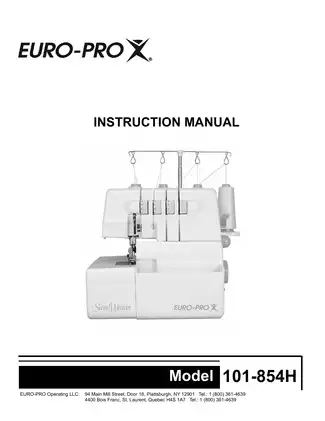
Ultimate Definitive Manual for Euro Pro serger: 101-854H
Pro 101-854H / Euro Pro
Selection Of Stitches
- Handy Reference Chart
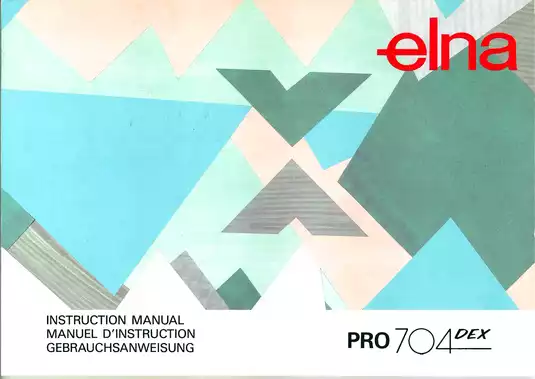
Illustrated Elna PRO 704 DEX Overlock Sewing Machine - Precision Maintenance & Troubleshooting
- PRO 704 DEX
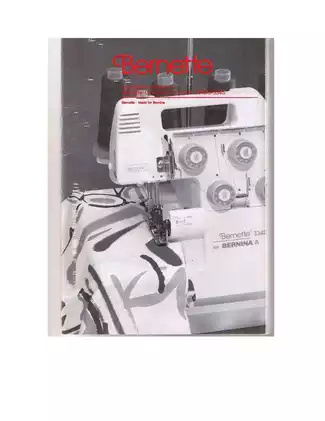
Original Bernina Bernette 334DS/334S Overlocker Manual - Precision Maintenance & Stitching Guidance
- Bernette 334DS (Year Not Specified)
- Bernette 334S (Year Not Specified)
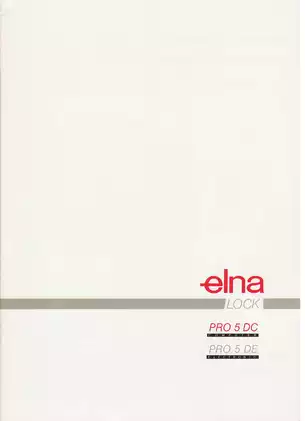
Elna PRO-5 DC & DE Overlock Sewing Machines - Comprehensive Maintenance & Repair Guide
- Elna PRO-5 DC
- Elna PRO-5 DE
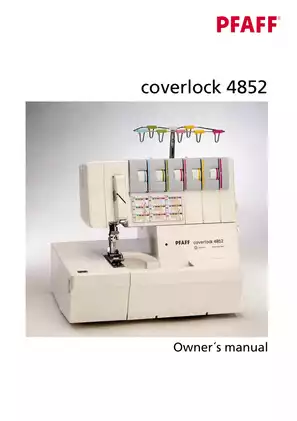
High-Quality Pfaff Coverlock 4852 Sewing Machine Manual - Maintenance, Troubleshooting & Repair Guide
- PFAFF Coverlock 4852
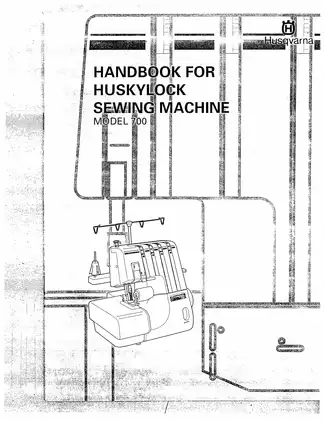
Husqvarna Huskylock 700 sewing machine handbook
Huskylock 700 / VSM Group AB (Viking Sewing Machines) / Husqvarna Sewing Machines
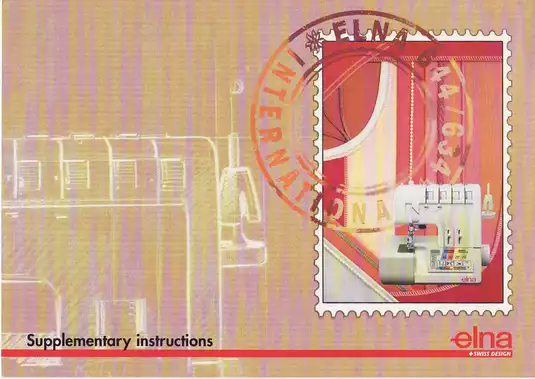
Detailed Elna 600 Series Overlock Machine Technical Reference - Operation & Maintenance Guide
- 624DSE
- 634
- 644
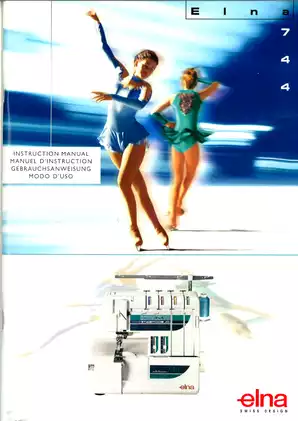
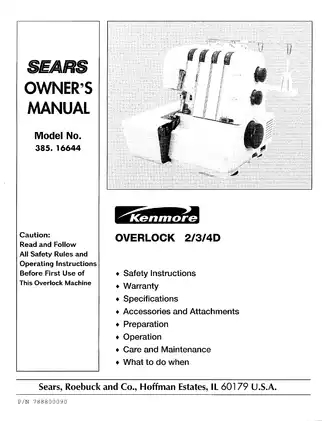
Official Kenmore Sears Overlock Machine Model No. 385.16644 - Owner's Manual
- Sears Overlock Machine Model No. 385.16644